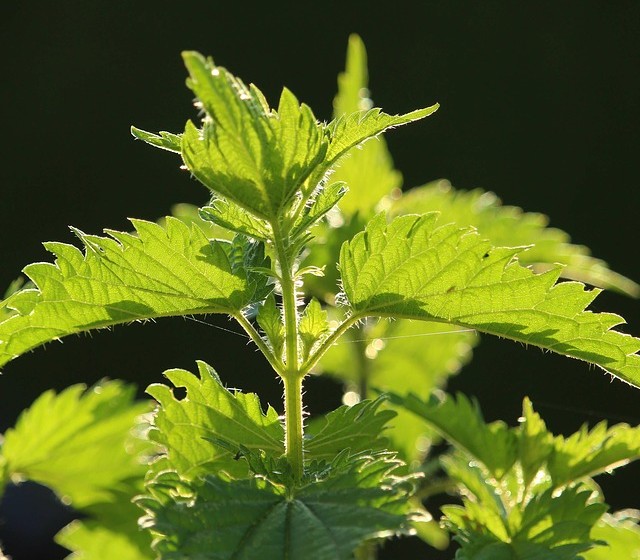Production of Natural Fibres
Natural fibres come from animals or plants. Animal fibres are wool and silk. Plant-based natural fibres are cotton, linen, hemp and nettle. There is also kapok, which is mainly used as a filling material.
Cellulosic fibres such as viscose are made from plant material (cellulose), but are rather artificial fibres due to the manufacturing process.
Animal fibres
Wool
For the production of wool, animal hair (e.g. sheep, goat, alpaca) is washed and combed (carded). The fine fibres can then be made into felt or spun into woollen threads.
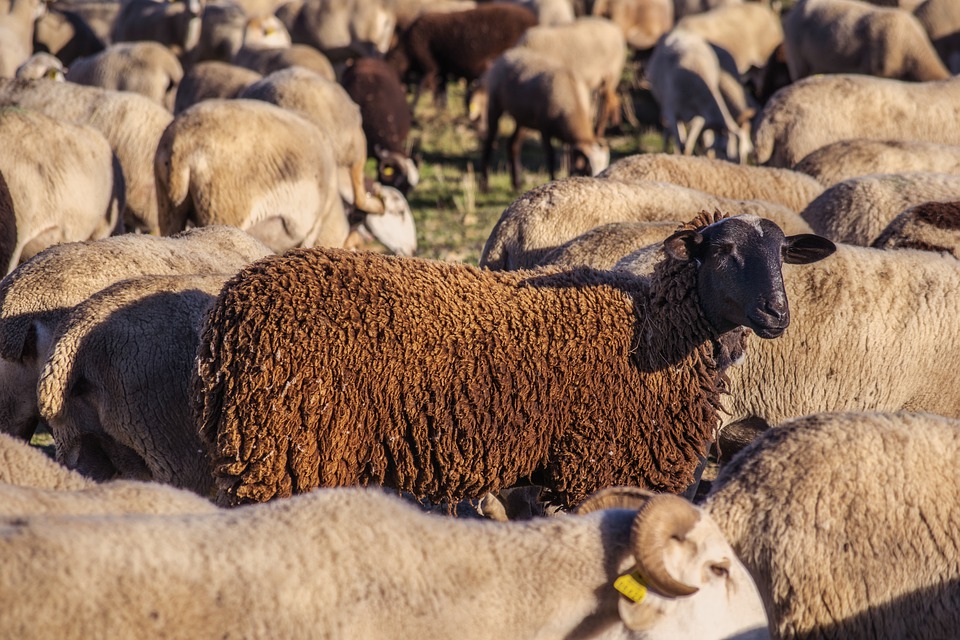
Silk
Silk is a purely natural product which is obtained from the fine threads of the cocoon of silkworm caterpillars. For this, the animals are cooked alive in their cocoon. The number of silkworm caterpillars killed is large, considering that around 3000 cocoons are needed for 250 grams of silk. This is another reason why silk fabrics are quite expensive.
Silk fabrics are extremely light, but also delicate.
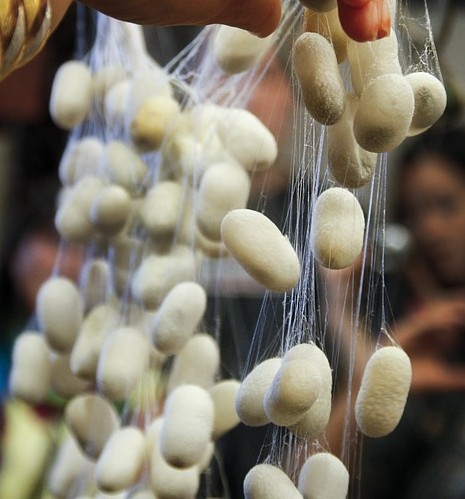
Plant fibres
Cotton
Cotton is obtained from the seed hairs of plants of the cotton genus.
During harvesting, the capsules are freed from seeds, capsule remnants and plant material at the same time. Afterwards, they are sorted to separate the long fibres from the short ones. Only the long fibres are needed for the textile industry.
These are spun into yarn.
Cotton can be used to make a wide variety of fabrics, from delicate batiste, shiny satin, jersey (T-shirt fabric) of varying thickness and strength to denim (jeans). This versatility is one of the reasons why cotton is so popular.
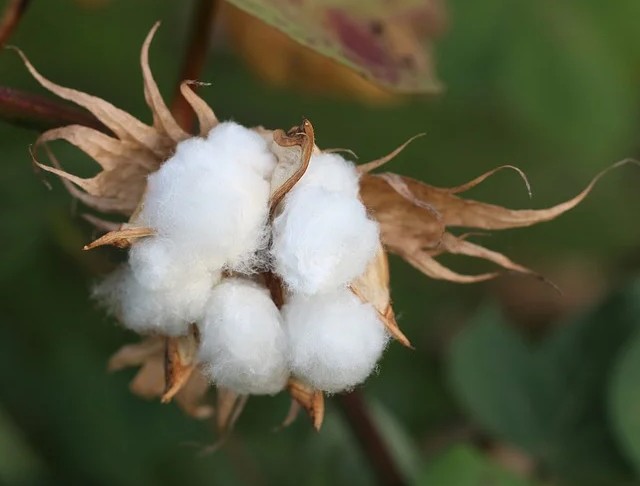
Linen (or flax)
Linen fabrics are made from the fibres of the common flax. During harvesting, the flax plants are pulled out of the ground by their roots using special machines, as mowing would destroy the fibres.
Flax is dried and "roasted" after harvesting.
After the plant has been separated from the wood and combed out, the fibres can be spun into yarn.
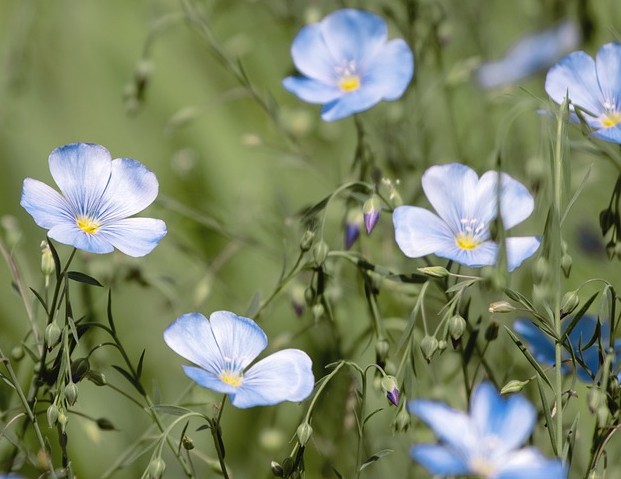
Hemp and nettle
Hemp and nettle are in principle obtained in the same way as flax.
Hemp is very tough by nature, so the fibres of the hemp plant have a high tensile strength. Clothing made from hemp fibres is therefore hard-wearing and durable. Even when wet, hemp fabric is still three times more tear-resistant than cotton.
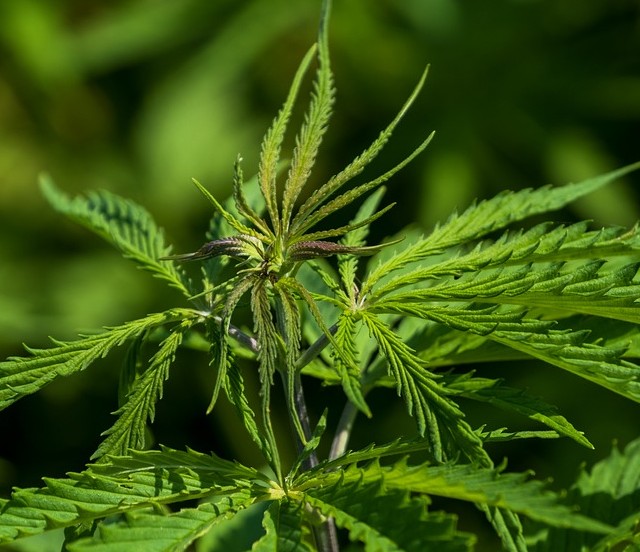
Nettle is obtained from the stalks of the stinging nettle. Its properties are high tear resistance, extremely high moisture absorption and a noble sheen.
